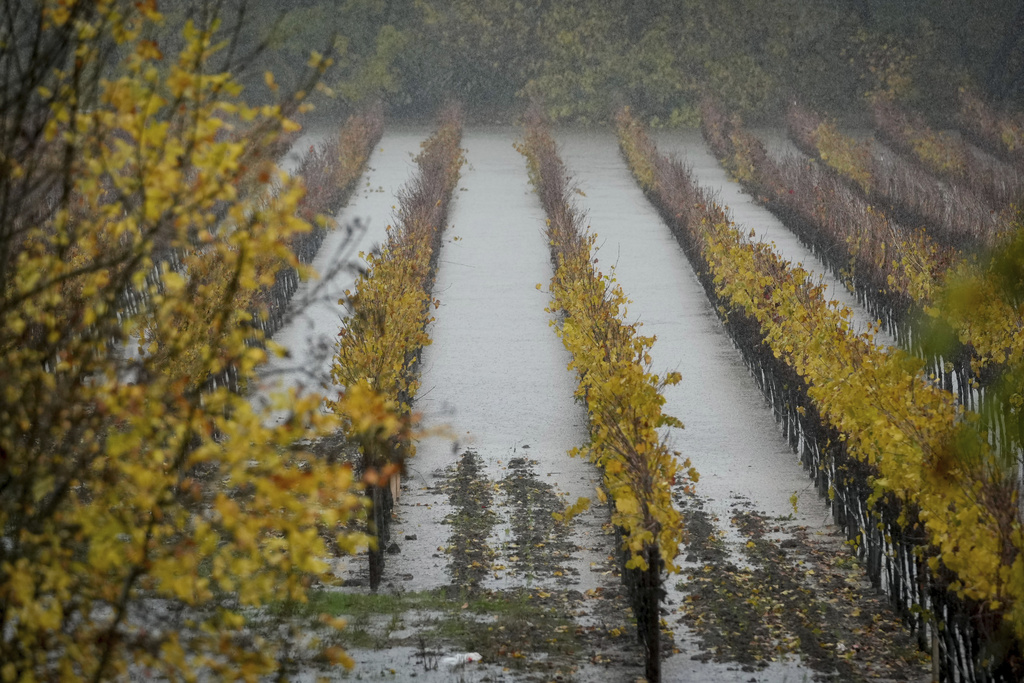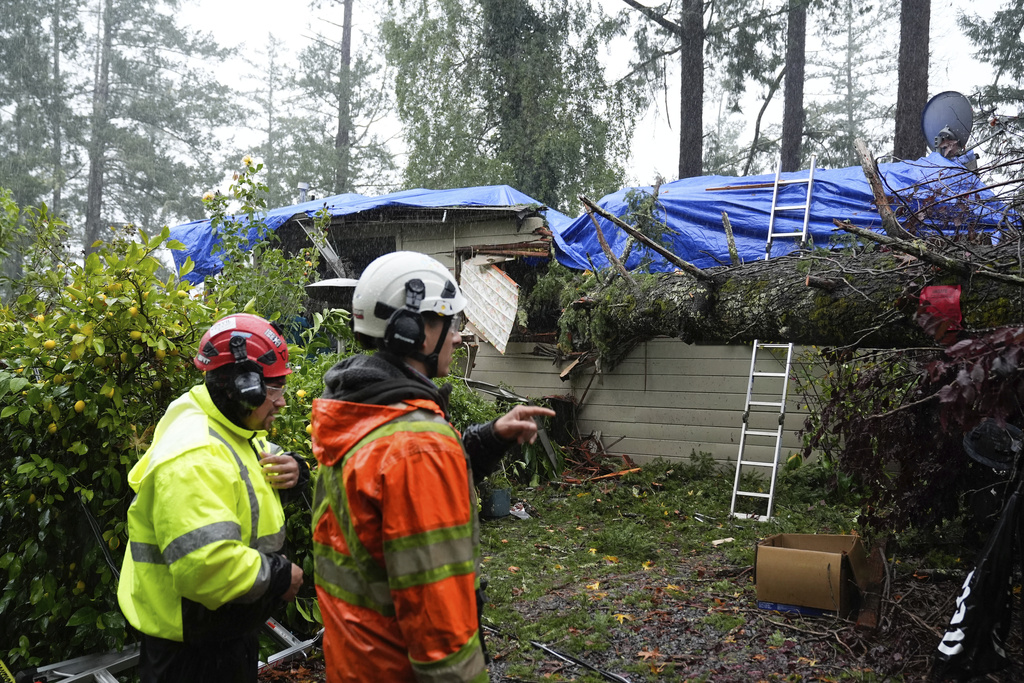Northern California Storm Causes Fatalities, Power Outages \ Newslooks \ Washington DC \ Mary Sidiqi \ Evening Edition \ A devastating storm, intensifying into a bomb cyclone, wreaked havoc across Northern California and the Pacific Northwest, bringing record rain, heavy snow, and destructive winds. Power outages affected hundreds of thousands, landslides and flooding threatened safety, and travel disruptions ensued. Meanwhile, the Northeast saw critical rainfall, alleviating wildfire risks but not fully ending drought concerns.

Northern California Storm Quick Looks
- The storm, fueled by a bomb cyclone, struck Northern California with record-breaking rain and high winds.
- In Washington, over 320,000 people lost power as communities struggled to manage outages caused by fallen trees.
- Sonoma County Airport broke a 1998 rainfall record, receiving nearly 7 inches in a single day.
- Flash flooding, landslides, and dangerous debris flows continue to pose threats in wildfire-impacted regions.
- Heavy snow in the Sierra Nevada allowed ski resorts to open early for the first time in decades.
- The East Coast saw over 2 inches of rain, easing drought conditions but insufficient to resolve water shortages.
Deep Look
Washington State: Storm Leaves 320,000 Without Power
In the Pacific Northwest, Washington state bore the brunt of the storm’s initial assault. More than 320,000 residents, particularly in Seattle and surrounding areas, were plunged into darkness as the storm’s fierce winds toppled trees onto power lines and homes. Fatal accidents underscored the storm’s ferocity: a woman in Lynnwood died when a tree crushed a homeless encampment, and another fatality occurred in Bellevue when a tree fell onto a home.
The widespread outages disrupted daily life, closing over a dozen schools in the Seattle area and forcing some medical clinics to shut their doors. Officials estimate that power restoration efforts, hindered by debris and downed electrical lines, could last into Saturday. To support affected residents, warming centers provided shelter, free internet, and charging stations.
Northern California: Record Rain and Snow
Northern California faced its own set of challenges as the storm system roared ashore, delivering torrential rain and heavy snow. Sonoma County Airport in the wine country region broke a rainfall record dating back to 1998, receiving 6.92 inches in a single day. The National Weather Service extended flood watches into Saturday, warning of ongoing risks from flash flooding, rockslides, and debris flows, particularly in areas affected by recent wildfires.
In nearby Forestville, a falling tree damaged a home and injured one resident. Despite the temporary slowing of rain, forecasters warned of persistent heavy downpours returning by Friday morning.
Sierra Nevada: Early Snow Brings Skiing Opportunities
While the storm caused headaches for many, ski enthusiasts celebrated the early snowfall in the Sierra Nevada. Sugar Bowl Resort, located near Donner Summit, reported a foot of snow overnight, enabling the resort to open on Friday—its earliest start in 20 years. Marketing manager Maggie Eshbaugh expressed optimism about the extended ski season, as forecasters predict another foot of snow by Saturday.
East Coast Relief: Rain Eases Fire Risks
On the opposite side of the country, the storm’s remnants brought much-needed rain to the Northeast, where rare wildfires and a prolonged drought had left the region parched. Areas north of New York City received over 2 inches of rain, with some higher elevations seeing snow. While the precipitation helped reduce fire risks, meteorologists stressed that it was insufficient to resolve the drought entirely.
New York City, under its first drought warning in 22 years, benefited from the rainfall, but meteorologists emphasized the need for sustained precipitation in the coming months.
Bomb Cyclone’s Path of Destruction
By the time it made landfall, the bomb cyclone unleashed a torrent of moisture in the form of an atmospheric river, flooding low-lying areas and overwhelming waterways. Hydrologists noted that the saturated ground in wildfire-scarred regions like Butte and Tehama counties was holding up for now, but warned that additional rain could trigger severe flooding and debris flows.
Communities Rally Amid Challenges
As the storm continues its course, meteorologists predict more rain and snow, urging residents to remain vigilant. The storm serves as a stark reminder of the growing challenges posed by extreme weather and the importance of preparedness in facing future events.







